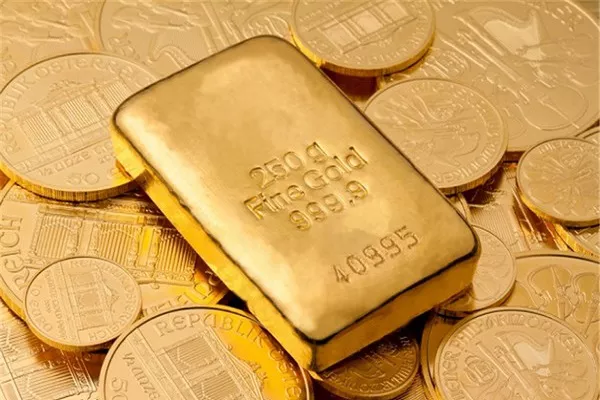Gold has fascinated humanity for millennia, revered for its beauty, rarity, and enduring value. Understanding the intricacies of gold karats is essential for anyone considering purchasing or investing in gold. In this comprehensive guide, we delve into the significance of gold karats, their practical applications, market trends, investment perspectives, cultural significance, pricing mechanisms, and methods for testing authenticity.
Explanation of Gold Karats
The term “karat” refers to the purity of gold and is denoted by the abbreviation “K” or “kt.” It measures the ratio of pure gold to other metals in a piece of jewelry or bullion. Pure gold is designated as 24 karats, meaning it consists of 24 parts gold out of a total of 24 parts. Therefore, 24K gold is 100% pure.
Value of Different Karats
Higher karat gold is generally more valuable due to its higher purity. However, there’s a trade-off between purity and durability. Pure gold, while beautiful, is also the most malleable, making it less suitable for jewelry that undergoes frequent wear. Lower karat gold alloys contain a higher proportion of stronger metals, such as copper or silver, enhancing their durability but slightly reducing their intrinsic value.
Practical Uses
For daily wear jewelry, particularly pieces like engagement rings or wedding bands that are subjected to constant wear and tear, lower karat gold, such as 14K or 18K, is recommended for its durability. Investment in gold often involves high-karat pieces like 22K or 24K, prized for their purity and potential for appreciation in value over time. Collectibles, including rare or antique gold coins and artifacts, span a range of karats, with their value influenced by factors beyond purity, such as historical significance and condition.
Market Trends
Current market trends heavily influence gold prices. Economic indicators, geopolitical tensions, inflation rates, and currency fluctuations all play a role in determining the demand for gold as a safe-haven asset. Additionally, shifts in consumer preferences, particularly in emerging markets, can impact the overall demand for gold jewelry and bullion.
Investment Perspective
Gold has long been regarded as a hedge against economic uncertainty and inflation. High-karat gold pieces, such as 22K and 24K, are particularly sought after by investors looking to preserve wealth and diversify their portfolios. While gold prices can be volatile in the short term, historically, gold has maintained its value over the long term, making it a compelling investment option for those seeking stability.
Cultural Significance
The cultural importance of gold varies across different regions and civilizations. In countries like India, gold holds immense cultural and religious significance, particularly in weddings and other auspicious occasions. Gold jewelry is not only considered a symbol of prosperity but also plays a central role in traditional ceremonies and rituals.
Gold Pricing
Gold prices are quoted per ounce in international markets and are influenced by various factors, including supply and demand dynamics, central bank policies, and investor sentiment. The London Bullion Market Association (LBMA) sets the benchmark for gold prices through twice-daily auctions known as the London Gold Fixing. Prices can also vary depending on the form of gold, with bullion typically commanding a slight premium over jewelry due to its higher purity and liquidity.
See Also Does Gold Sell for Spot Price?
Testing Gold Authenticity
Ensuring the authenticity of gold is crucial, particularly given the prevalence of counterfeit products in the market. Several methods exist for testing the purity of gold and identifying different karats. These include acid testing, electronic testing, and X-ray fluorescence analysis. Additionally, reputable jewelers and bullion dealers often provide certification or hallmarking to guarantee the authenticity and purity of their gold products.
In conclusion, understanding the nuances of gold karats is essential for making informed decisions when purchasing or investing in gold. Whether for daily wear, investment purposes, or cultural traditions, gold continues to hold a timeless allure and enduring value in the modern world. By staying informed about market trends, pricing mechanisms, and authenticity testing methods, individuals can navigate the world of gold with confidence and security.


